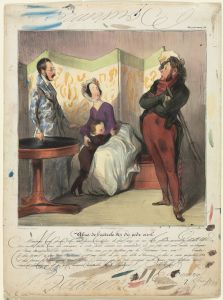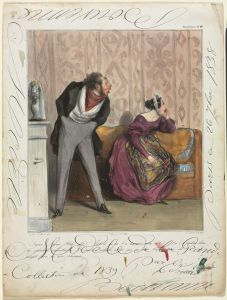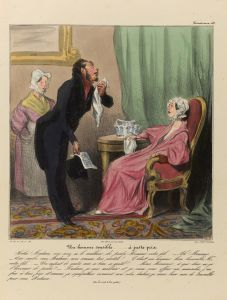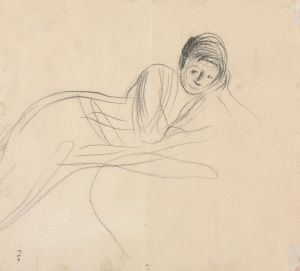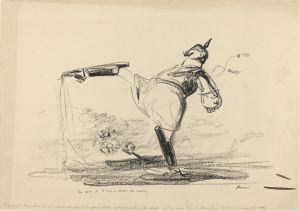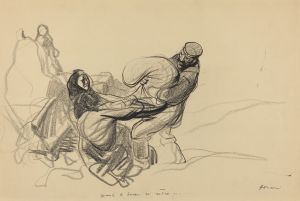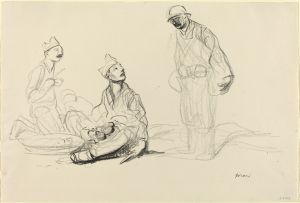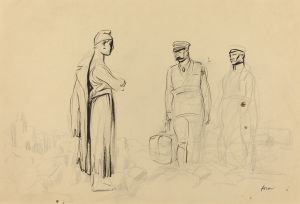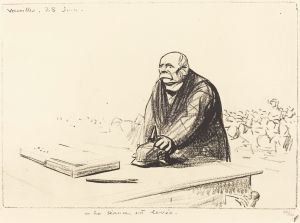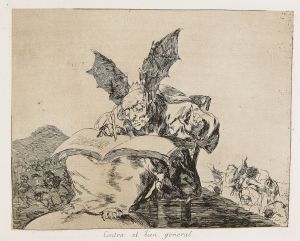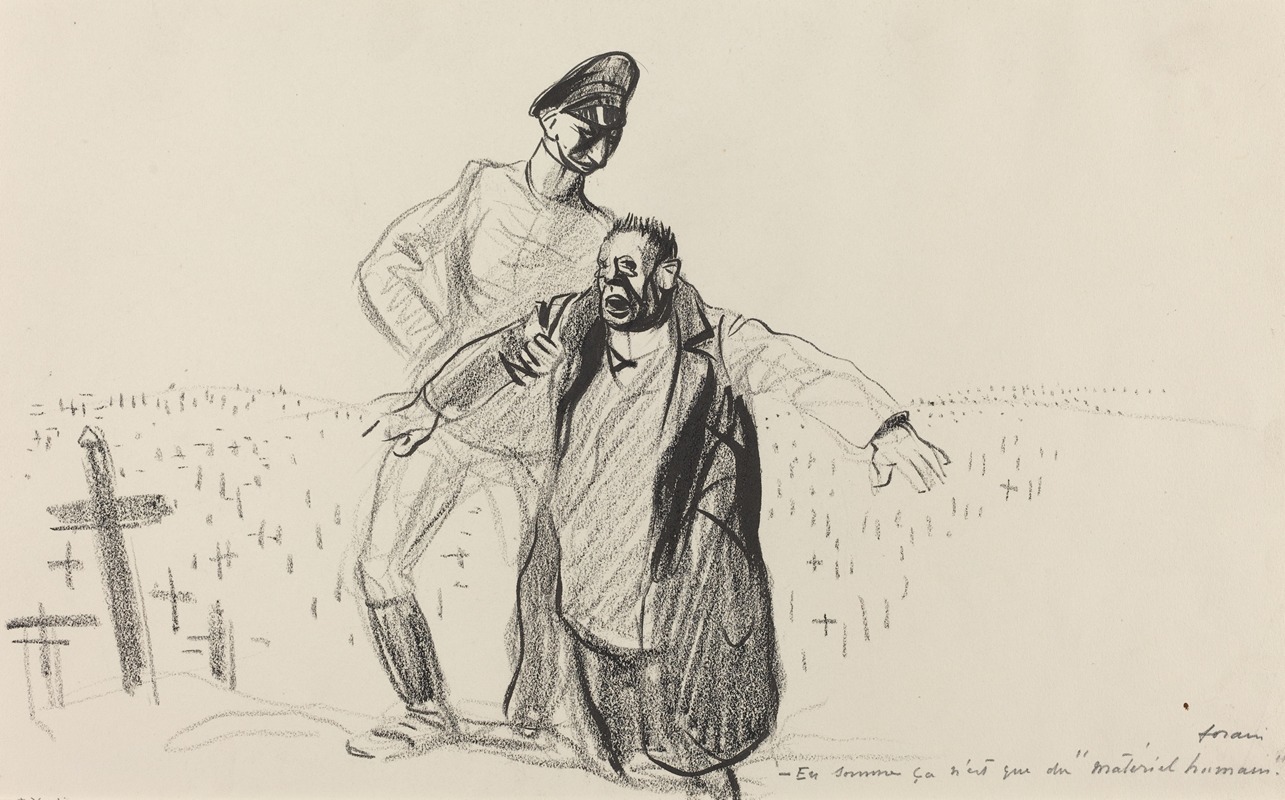
En somme ca n’est que du ‘materiel humain.’
A hand-painted replica of Jean-Louis Forain’s masterpiece En somme ca n’est que du ‘materiel humain.’, meticulously crafted by professional artists to capture the true essence of the original. Each piece is created with museum-quality canvas and rare mineral pigments, carefully painted by experienced artists with delicate brushstrokes and rich, layered colors to perfectly recreate the texture of the original artwork. Unlike machine-printed reproductions, this hand-painted version brings the painting to life, infused with the artist’s emotions and skill in every stroke. Whether for personal collection or home decoration, it instantly elevates the artistic atmosphere of any space.
Jean-Louis Forain's painting "En somme ca n’est que du ‘materiel humain.’" is a poignant work that reflects the artist's critical perspective on society and human nature. Jean-Louis Forain (1852-1931) was a French painter, lithographer, watercolorist, and etcher, known for his satirical and often cynical depictions of contemporary life. He was associated with the Impressionist movement and later became a member of the Société Nationale des Beaux-Arts.
Forain's career began in the late 19th century, and he was heavily influenced by the works of Honoré Daumier and Edgar Degas. His art often focused on the darker aspects of society, including the judicial system, the medical profession, and the lives of the urban poor. Forain's style is characterized by its loose brushwork, dramatic use of light and shadow, and a keen eye for the human condition.
"En somme ca n’est que du ‘materiel humain.’" translates to "In the end, it is only 'human material.'" This painting is a powerful commentary on the dehumanization and objectification of individuals within society. The phrase itself suggests a reduction of people to mere resources or commodities, stripped of their individuality and humanity.
The painting likely dates from the early 20th century, a period when Forain's work became increasingly focused on social critique. During this time, Europe was experiencing significant social and political upheaval, including the lead-up to World War I. Forain's work from this period often reflects his disillusionment with the institutions and authorities of his time.
In "En somme ca n’est que du ‘materiel humain,’" Forain employs his characteristic style to convey a sense of bleakness and despair. The composition likely features figures that are depicted in a way that emphasizes their anonymity and interchangeability, reinforcing the idea of people being reduced to mere "material." The use of light and shadow in the painting would create a dramatic and somber atmosphere, highlighting the emotional weight of the subject matter.
Forain's work, including this painting, is notable for its ability to capture the complexities of human emotion and social dynamics. His keen observations and critical eye make his art a valuable historical document, offering insights into the societal issues of his time. "En somme ca n’est que du ‘materiel humain.’" stands as a testament to Forain's skill as an artist and his commitment to using his art as a means of social commentary.
Jean-Louis Forain's legacy is marked by his contributions to both the artistic and social discourse of his era. His works are held in various prestigious collections, including the Musée d'Orsay in Paris and the Metropolitan Museum of Art in New York. "En somme ca n’est que du ‘materiel humain.’" remains a significant piece within his oeuvre, exemplifying his ability to blend artistic mastery with profound social critique.





